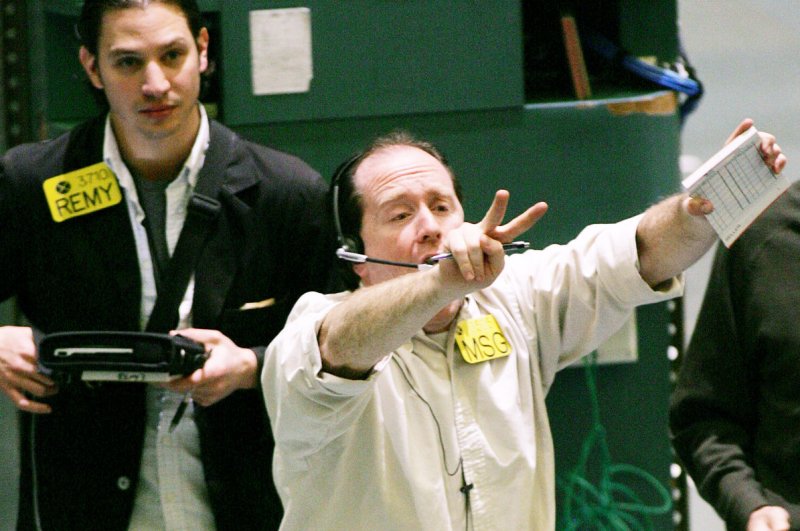Crude oil prices were first higher early Monday but then fell after U.S. President Donald Trump tweeted they were "getting too high." Photo by Monika Graff/UPI |
License Photo
Feb. 25 (UPI) -- Oil prices started Monday higher on optimism about trade talks, and were on their way to extending gains after a recent rally, until U.S. President Donald Trump's tweet to OPEC sent the market clearly south.
West Texas Intermediate prices fell 2.5 percent to $55.85 per barrel while Brent future prices fell 2.2 percent to $65.77 per barrel as of 8:30 a.m. EST.
At 06:46 a.m. EST, WTI had traded at $57.43 per barrel, up from $57.26 per barrel on Friday.
Trump tweeted early Monday that oil prices were "getting too high" and warned OPEC.
The losses have dented some of the gains made during the most recent rally, in which WTI futures rose 9.3 percent from a $52.41-per-barrel close on Feb. 11 and to closing over $57 per barrel on Friday.
"Crude oil has reversed earlier gains following what looks to be a well-timed tweet from President Trump," Ole Hansen, head of commodity strategy at Saxo Bank, told UPI.
"The recent rally in WTI and Brent crude oil towards $60 per barrel and $70 per barrel, respectively, has once again caught the attention of President Trump," Hansen said.
Trump has previously influenced the markets with sudden statements and actions, like the announcement of sanctions against Iranian crude oil in May 2018, and then the sudden issue of waivers for nations to continue to buy Iranian crude as the sanctions were to go into effect on November 5.
According to a CNBC report on Nov. 7, President Trump took credit for a sharp crude oil price reduction in the previous five weeks.
"If you look at oil prices they've come down very substantially over the last couple of months," Trump said in November as quoted CNBC. "That's because of me."
Some countries such as Iran have accused the United States of creating market imbalances.
Trump's May announcement of sanctions against Iranian crude oil led to concerns of shortages, until prices reached an early October peak. Saudi Arabia, the biggest producer in OPEC announced in October it was increasing production to balance the market after the sanctions.
However, on November 5, Trump suddenly announced six-month waivers of Iranian crude oil. As a result, prices plunged reaching level in the case of WTI of around $45 per barrel by late December. On top of that, oil production in the U.S. rose more than expected.
The shift in supply fundamentals forced OPEC to act and in December they met and agreed to jointly reduce production by 800,000 barrels per day starting January 1. Some non-OPEC nations that met with OPEC, mainly Russia, agreed to match that with a 400,000 barrel per day cut of their own.
Prices have gained since the start of the year, partly on concern about the political situation in Venezuela and after Trump's new oil sanctions against Venezuela.
Jeff Yastine, a senior equities analyst at Banyan Hill Publishing, said that he expects gains "once a trade deal is signed between the U.S. and China."
"While the U.S. economy will likely continue to muddle along, with Federal Reserve playing a passive hands-off roll for now, all eyes turn to Chinese economic stimulus efforts," Yastine said.















